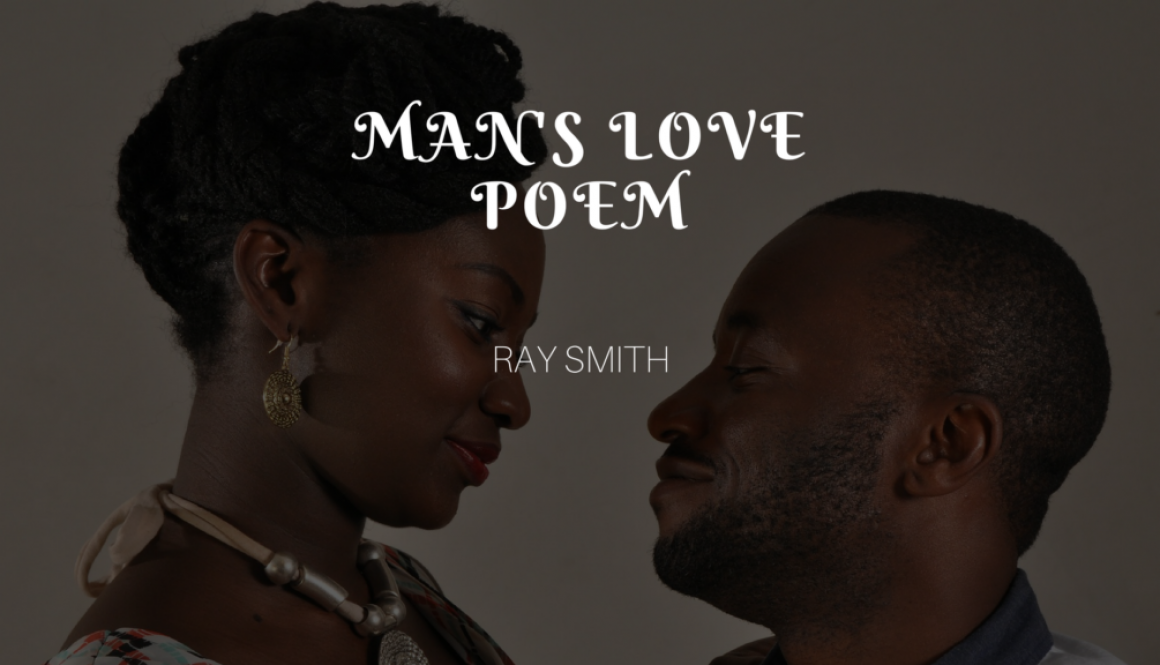
Man’s Love Poem

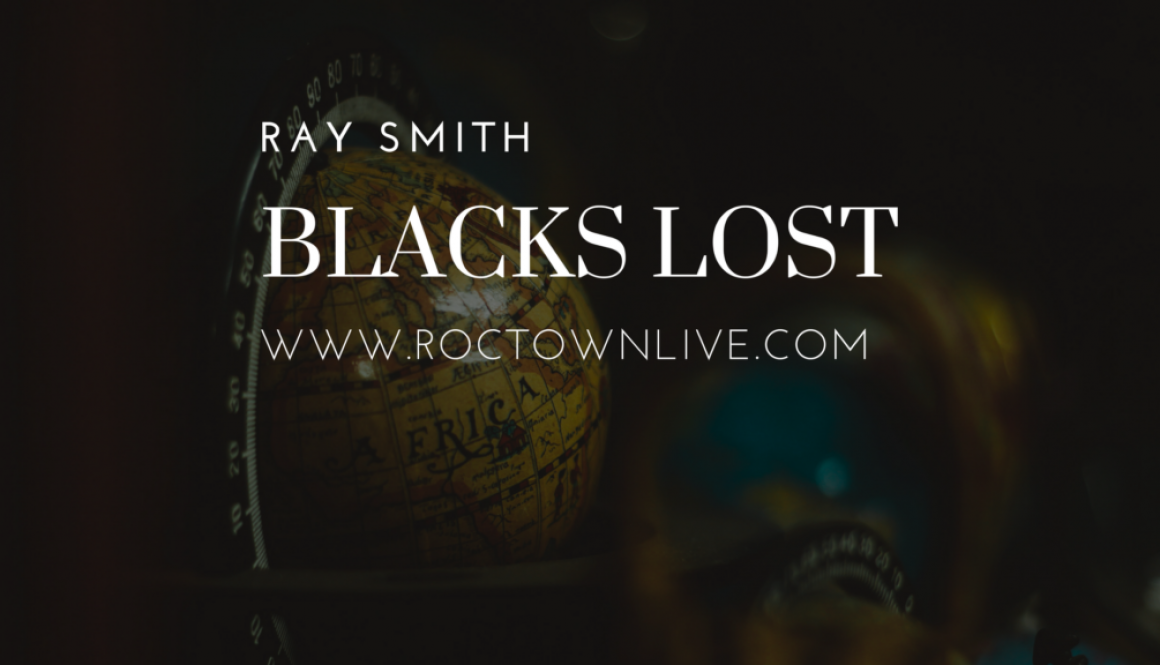

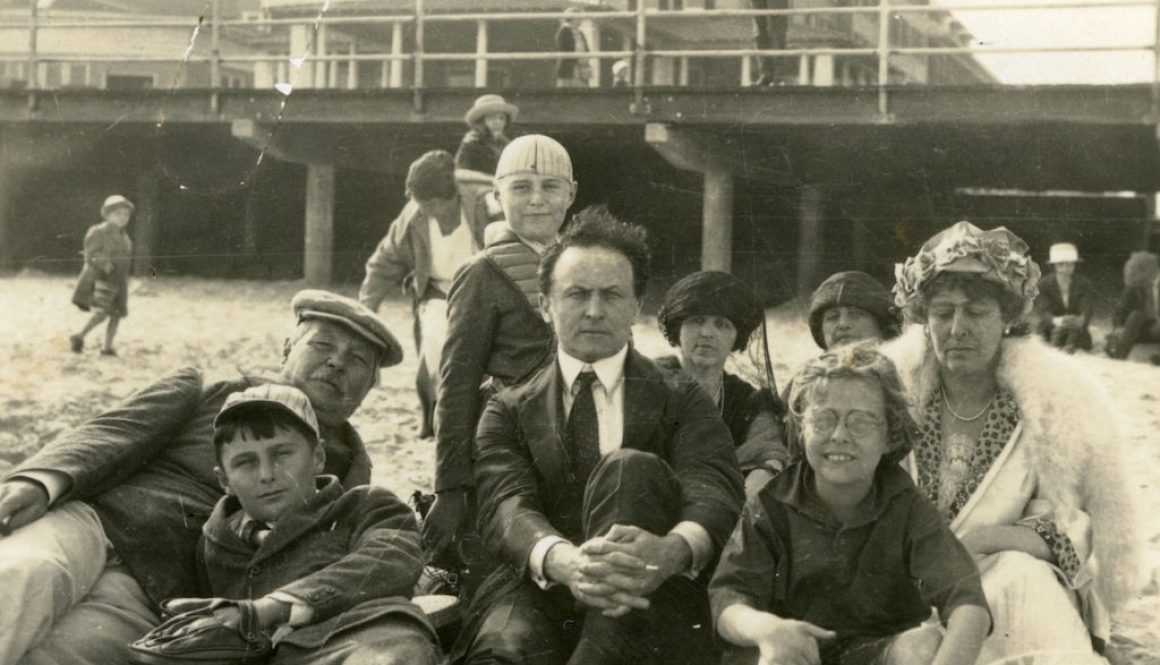
A few months ago, I was listening to an audiobook of the entire compendium of Sherlock Holmes stories, as narrated by Stephen Fry. The stories themselves are, I find, a bit dryer than I was expecting, considering all the media that has featured the detective since, but Fry’s narration does wonders for the text. I found myself pulled in and enthralled by the cunning exploits of Watson and Holmes.
Something that stood out to me, however, was not part of a Sherlock Holmes story itself, but in Fry’s preface to The Hound Of Baskervilles. Fry spends some time discussing Sir Arthur Conan Doyle’s relationship with famous magician Harry Houdini, and their strange – and strained – friendship. You see, despite Doyle’s famous detective, who believed that everything on God’s green earth could be explained by logic and reason, Doyle himself believed in the occult.
Now, I’m not just saying that he believed that life after death was possible. No, he belonged to something called the “Ghost Club”, a paranormal investigation society. He was vehement in his belief that the occult, and spiritualism, were real and tangible forces that could be interacted with. He and his buddies would meet up at the club and talk about life after death, communicating with spirits, and yes, ghosts. In other words, if Sir Arthur Conan Doyle showed up on an episode of the X-Files, well, let’s just say that Mulder would find him very interesting.
Harry Houdini, on the other hand, was known for his outstanding and forthright denial of spiritualism. He famously went from seance to seance, debunking spiritualists and explaining their trickery. Some claimed that Houdini’s act was a result of magic, which he fervently denied, despite the added fame and money that extra crowds would surely have brought him.
So, we’ve got Houdini, a magician who denies magic, and Doyle, the creator of Sherlock Holmes, who denies reason… Quite an interesting duo.
Doyle and Houdini met in 1920. Despite all evidence to the contrary, Doyle seemed to believe that Houdini’s powers were truly from an otherworldly source. In fact, he rejected Houdini’s own explanation of his tricks and escapes, choosing to believe that Houdini was lying to him, and that Houdini’s magic was, truly, magic.
Despite this, they maintained a friendship for a few years, and seemed to be in each other’s good humor. Though Houdini insisted that he’d never seen a spiritualist that wasn’t a fraud, Doyle countered that Houdini simply hadn’t met a real spiritualist yet. In fact, Doyle’s wife considered herself to be able to speak with the dead, and Doyle, with the utmost confidence in his wife’s skill, invited Houdini to come and see for himself.
Houdini, a few years prior, Houdini had lost his mother to a stroke. He missed her sorely, and just this once, decided to suspend his disbelief. In the spirit of friendship, he met up with Doyle and his wife to conduct a seance.
The problem was, he could tell very quickly that it was all a fake.
Honestly, I’m not sure what Doyle thought he would gain by bringing the world’s foremost occult debunker to inspect the work of his own wife. He surely must have felt that his wife was the real deal, that she could indeed speak to the dead. God only knows what was going through his wife’s mind as she was performing her seance. Maybe Doyle put her up to it, and due to his utmost confidence in her, she felt she couldn’t refuse. However, the rat had just invited the mother of all cats into its lair.
Houdini apparently left the seance saying very little, likely trying not to upset Doyle’s feelings. However, several months later, Houdini reaffirmed in a newspaper interview that he had met no medium capable of performing truly otherworldly acts. Doyle saw this as an insult, and sent Houdini a very angry letter in response. Though Houdini tried to work things out, their friendship would never fully recover.
When Houdini wrote a tell-all about the tricks of spiritualists and mediums, Doyle publicly lambasted him as a liar. The final death knell in the friendship, however, was when Houdini debunked one of Doyle’s favorite mediums, causing Doyle to cease all responses to Houdini’s letters.
Their friendship was dead, and no medium was going to be able to bring it back to life.
Houdini died an early death a few years later due to a ruptured appendix and, despite all of Houdini’s best efforts, Doyle continued to believe that Houdini’s tricks were truly magic. Doyle continued to be an outspoken proponent of spiritualism until his death in 1930. Doyle’s wife stopped her seances ten years later, when she herself became disillusioned with her own practices.
The two men were about as opposite one another as any two men could ever hope to be. Doyle believed in magic while writing about logic, and Houdini believed in logic while performing magic. They were each other’s yin and yang, so is it any wonder that they eventually met and struck up an accord with one another?
Their friendship lasted only a few short years, and ended bitterly, but stands to this day as a testament to the bizarre duality of man.
Powered by WPeMatico

I take a sip from the white mug in front of me. Damn good coffee. I smile as I set it back down, basking in the complex melody of flavors singing on my tongue.
“Bill,” I shout over my shoulder, “where the hell did we get this coffee from?”
Bill shrugs.
“Someplace downtown, probably? Jeez, man, I dunno. How would I know. I dunno.” He turns back to his monitor, and begins typing.
That won’t do, though. I need answers. I need to understand why the coffee tastes so good, to find the source of the rich flavor still percolating on my tongue. I stand up, and head for the main office.
Jessie, the boss’s secretary, stops me at the door.
“Hey Phil,” she says, surprised, “what can I do for you?”
“Jess,” I say, urgently, placing both my hands on her desk, “this is very important. Where did we get the coffee in the break room?”
The mahogany desk feels cool and smooth under my palms as she sits back in her chair, thinking.
“Uh, gosh, Phil. I dunno! I think Bill might know. You ask Bill?”
“I asked Bill.”
“Did he know?”
“Nope. Is Katie in right now?” I asked, glancing at my boss’s door.
A look of worry crossed Jessie’s face.
“She is, but-”
I didn’t have time to listen to the rest of whatever unimportant thing she was saying. Coffee was at stake. I opened the door and strode into Katie’s office, the door handle hitting the wall with a loud bang.
“Katie!” I shouted, storming up to her desk, “Who bought the coffee in the break room?”
Katie looked more shocked than pensive.
“U-uhh, good morning Phil,” she said, sounding unsure of how to address me, “is there something I can-”
“Katie! I need to know who made the coffee this morning! The brand, Katie! The brand!”
I begin furiously pounding my fists on her desk. Her gold-plated company pen rattles out of its holder and rolls onto the floor. Katie pulls away from me so fast that her blonde hair falls out of its bun.
“Phil, what the hell do you think you’re doing?”
I look her in the eye, with my most serious glare.
“I am getting,” I respond, “my God. Damned. Coffee. Fix. Do you understand this?”
Katie backs her chair up a bit further, and puts her hands up.
“Phil, if you don’t calm the hell down you’re gonna be leaving this office in handcuffs. You understand?”
I scream, and slap her laptop clear off the desk. It hits the wall with a sound like a tree branch breaking. Papers flutter to the floor. I am vaguely aware that someone is still screaming, but I’m not sure if it’s me or her.
I take a second look at Katie. Her features begin to contort into a hideous mockery of a female face, lips snarling and eyes turning bright red. Her entire body turns a vivid orange, and I can feel her thought-probes entering my ears and stealing my secrets.
“No!” I scream, curling into a ball, “No! No! Stop!”
She shrieks, and large wings unfurl from under her trendy blue pantsuit. Her teeth extend beyond her lower lip, and begin to snake around her arm like malleable ribbons of ivory. She laughs, a shrill, piercing cackle that seems to echo around my brain, forcing all other thoughts out of my head.
“Coffee!” I scream, “I just want coffee!”
It was around that time that I really began to regret taking two tabs of acid that morning.
Powered by WPeMatico
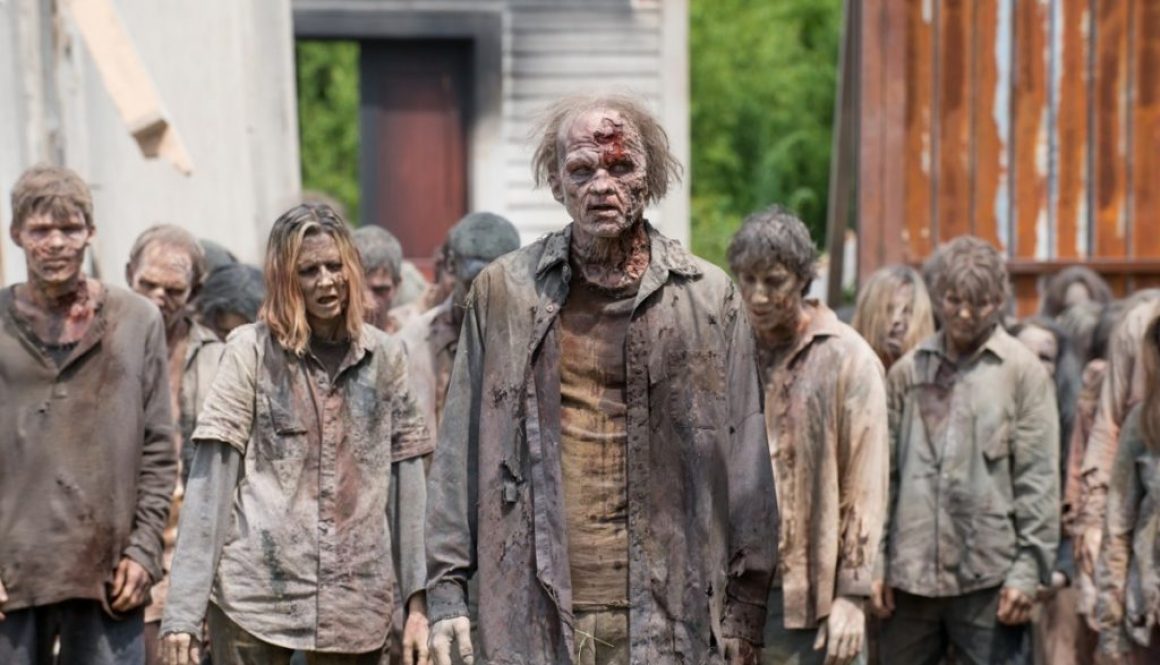
Love ‘em or hate ‘em, zombie games have become a fixture in video game culture. All the way back to the Atari 2600, zombies have been used as video game for a variety of reasons. They’re slow, predictable, and you can set whole swarms of them on a player to create a seriously scary atmosphere. On top of all that, skilled players can show off their proficiency with headshots, turning enemies into a gory display of controller prowess.
So, who in their right mind would want to actually be one of these walking monstrosities?
Judging be the amount of games on the market that let you play as a zombie, not too many, unfortunately. I found a surprisingly small number of games on any platform that allow you to play as one of the shambling undead, rather than against them.
It seems like a losing prospect from the start. Zombies are, on a surface level, the poster child for slow and ineffective enemies who are easily out-maneuvered and outplayed. Unless you shake up their formula drastically, they just aren’t fun to play as.
So, it’s a good thing that Left 4 Dead shook things up, and shook them up hard.
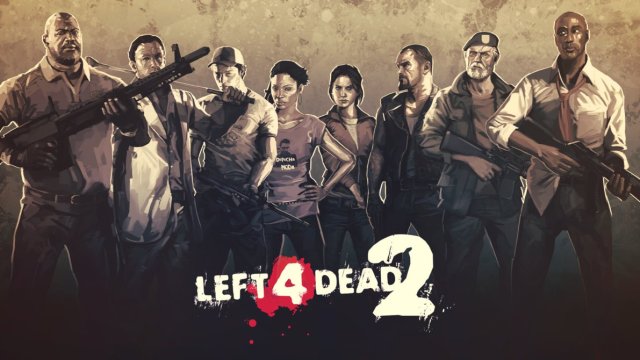
Yeah, I’m just gonna get the big one out of the way first. Left 4 Dead made playing as a zombie awesome by creating several new and unique types of zombie to play as. No longer were zombies just lazy louts ambling slowly down city streets – no, they jumped out from shadows, exploded, or grabbed you by the head and disrupted your entire strategy.
Of course, the de facto way to play was online multiplayer, where you could harass and annoy other real people by ruining their day as a Tank or a Hunter. At the height of the series’ popularity, there were few things more satisfying than messing around as a zombie in the online play because it was just so satisfying to screw around with the four survivors trying their hardest to play the game properly. With your teammates at your back, a well-coordinated zombie strike could bring down even the most grizzled survivor, leading to laugh after laugh as you and your friends frustrated the other team.
By giving the player a variety of options, and making zombies fast, Valve made playing as a zombie fun. Granted, they needed to disregard a lot of “rules” about what zombies do in the process, but it all worked out for the best.
And then, on the other side of the “fun” spectrum, there’s Wario Land 3.
Now, don’t get me wrong, Wario Land 3 is a fun game. A really fun game, in fact. It sees you exploring a huge world, solving puzzles, fighting enemies and, despite Wario being too cool to die the game is challenging throughout.
And then you touch a zombie, and everything changes.
Wario has a lot of different forms at his disposal in this game, but his zombie form is probably the worst. It’s used as a form of punishment, in fact. Wario moves at a snail’s pace, is unable to jump, and falls helplessly down thin platforms – often erasing large chunks of your progress through vertical levels. You defeat all enemies on touch, but that’s not much of a consolation considering how hindered your movement is.
Of course, sometimes being a zombie is exactly what you need. There are some rooms and platforms that are only available by making Zombie Wario fall through platforms that regular Wario could never get through. Thoguh it massively hinders Wario’s ability to scamper about and slam into enemies, Nintendo used zombies (and their infectious bite) as a puzzle mechanic in a very effective fashion.
The only way to free yourself of this zombie curse is to drag Wario’s shambling corpse into a patch of light, or into some water, which is often positioned a long way away from where you actually need to be. Of course, you’ll hit the exact same zombie again next time you walk by him causing you to scream in impotent rage and throw your Game Boy Color across the room.
I mean, at least, I did.
You don’t actually have to play as a zombie to be on their team, though, as Ubisoft’s ZombieU showed us in 2012.
ZombieU as a game is… well, it’s fine. It’s ok. It’s good enough to play. It has some neat mechanics in the single player, such as using the Wii U’s touch pad as your inventory screen in real time, and having you fight old versions of yourself if you ever die. Story-wise, it’s an interesting take on the genre, since each time your character dies, they die for real. The next time you play, you’re playing as a totally different person who’s trying to pick up where the last guy left off. Other than that cool touch, though, it’s a pretty bog-standard zombie shooter.
And then there’s the multiplayer, which is unlike anything any other console has the capability of offering.
One player uses the TV to play as a survivor in a FPS arena, scrounging up weapons and trying to capture areas. Player two, however, uses the gamepad as a sort of small-scale RTS game, putting zombies down on the map with the stylus, and trying to thwart the efforts of player 1 from a bird’s-eye view.
While Player 1 dashes around the map in a mad panic to score points and fight off waves of zombies, player 2 plans ambushes and gathers resources to help spawn more enemies. It’s a game mode that’s tilted in player 2’s favor, since they can see the entire map and know what player 1 is doing at all times, but it’s up to player 2 to keep the pressure on at all times, making careful decisions between saving up resources or sending a few zombies in as a distraction.
I seems odd to me that a zombie-themed RTS game doesn’t exist at this time, but right now ZombieU is as close to that experience as it’s going to get.
I’m gonna round this little list out with one more example, Tales of Maj’Eyal.
Tales of Maj’Eyal, or TOME for short, is a turn-based roguelike released in 2012 for PC, and is based on a much older roguelike, Tales of Middle Earth (which is “coincidentally” also abbreviated to TOME). It’s a game that gives you, and pardon my use of scientific language here, roughly a billion million options in terms of creating your character. While not a literal zombie, playing as a skeleton does qualify as the living dead which, for my purposes, is close enough.
So yeah, a turn based RPG where you play as a skeleton, with all the statistics and properties of a skeleton. You can’t bleed, be poisoned, or drown. Plus, being dead, you can re-assemble yourself if you ever get knocked out of sorts. There are some drawbacks, though, since most people will attack you on sight unless you disguise yourself heavily.
Alright, so clearly, I’m scraping at the bottom of the barrel here. There aren’t, it turns out, too many games that let you play as literal zombies. That, in itself, is a bit of a shame because, as I hope this list demonstrates, even an enemy as handicapped and brainless as a zombie can be turned into a fascinating game mechanic with just a little creativity.
Valve made zombies into super-powered monsters to give the player a sense of power. Nintendo used zombies, and their infection, to give players both challenges to overcome and puzzles to solve. Ubisoft used zombies as a way to make asymetrical 1v1 multiplayer interesting for both sides. TOME uses the undead to make character creation more varied and, despite the obvious drawbacks of playing as someone who is literally already dead, shows how a creative designer can turn that into an advantage in an RPG.
The living dead have more uses than just being enemies, these days. With a bit of creative vision, a game designer can turn playing as one of the most boring enemies in gaming into a unique and interesting challenge, whether that’s through puzzle mechanics, character stats, or just using zombies as an excuse to give the player really cool powers. It’s a shame we don’t see stuff like this more often, because gameplay with handicaps built-in lends itself to creative thinking and more original game mechanics.
Now, I need to go make a game about playing as that first Goomba in world 1-1…
Edit: This article was written a few weeks ago. Since it was queued up for the blog, one of my recent favorite games, Streets of Rogue, had an update that lets you play as a zombie. You start out as a single zombie in this top-down brawler, but you can turn an entire floor to your side with a little work and hard luck. An excellent example of putting the strengths of the character to good use!
Powered by WPeMatico